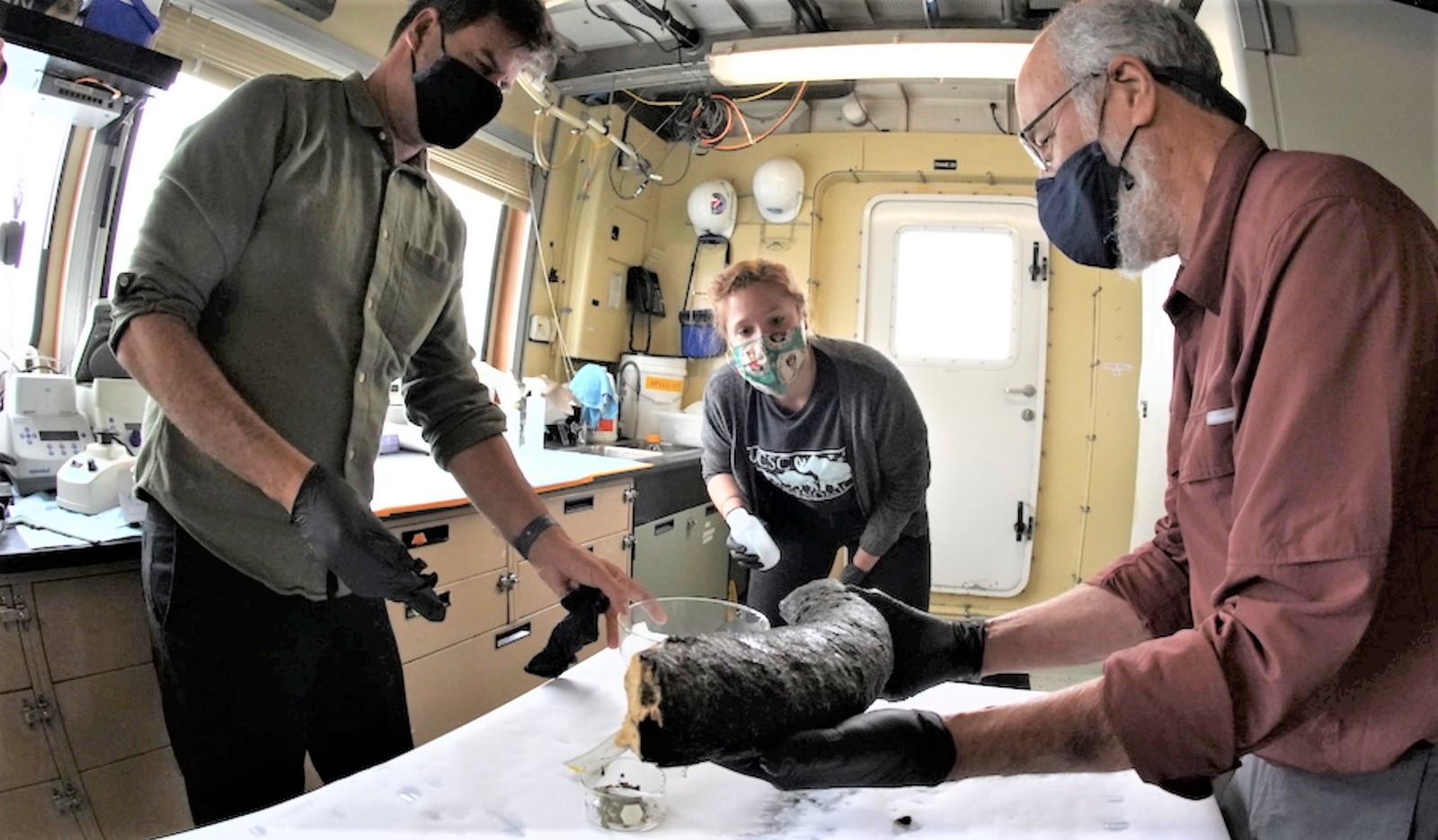Mammoth tusk recovered from an unlikely place: the bottom of the ocean


Mammoths are long to be known as ancient land dwellers, so scientists were shocked to find remains from the animal at the bottom of the ocean.
Pilot Randy Prickett and scientist Steven Haddock, researchers with Monterey Bay Aquarium Research Institute (MBARI), discovered a Columbian mammoth tusk 24 kilometres offshore and 3048 metres deep in the ocean in 2019, the institution said in a news release.
At the time they were only able to collect a small piece of the tusk, so they returned in July 2021 to get the complete sample.
“You start to ‘expect the unexpected’ when exploring the deep sea, but I’m still stunned that we came upon the ancient tusk of a mammoth,” said Mr Haddock.
“Our work examining this exciting discovery is just beginning and we look forward to sharing more information in the future.”
University of Michigan palaeontologist Daniel Fisher, who specialises in the study of mammoths and mastodons, said it is unlike anything he has ever seen.
“Other mammoths have been retrieved from the ocean, but generally not from depths of more than a few tens of meters,” Fisher said.
A variety of research facilities are examining the tusk to determine a variety of information about it including the age of the animal at its death, the release said.
The researchers said the cold, high pressure environment helped to preserve the tusk, so it can be studied in greater detail.
The scientists believe it could be the oldest well-preserved mammoth tusk recovered from this region of North America, and the UCSC Geochronology Lab estimates it is more than 100,000 years old after analysing the radioisotopes.
Researchers hope the data collected can not only tell them more about the mammoth they found, but the species in general.
“Specimens like this present a rare opportunity to paint a picture both of an animal that used to be alive and of the environment in which it lived,” said Beth Shapiro, lead researcher at the UCSC Paleogenomics Lab.
“Mammoth remains from continental North America are particularly rare, and so we expect that DNA from this tusk will go far to refine what we know about mammoths in this part of the world.”
Source: 9news.com.au




